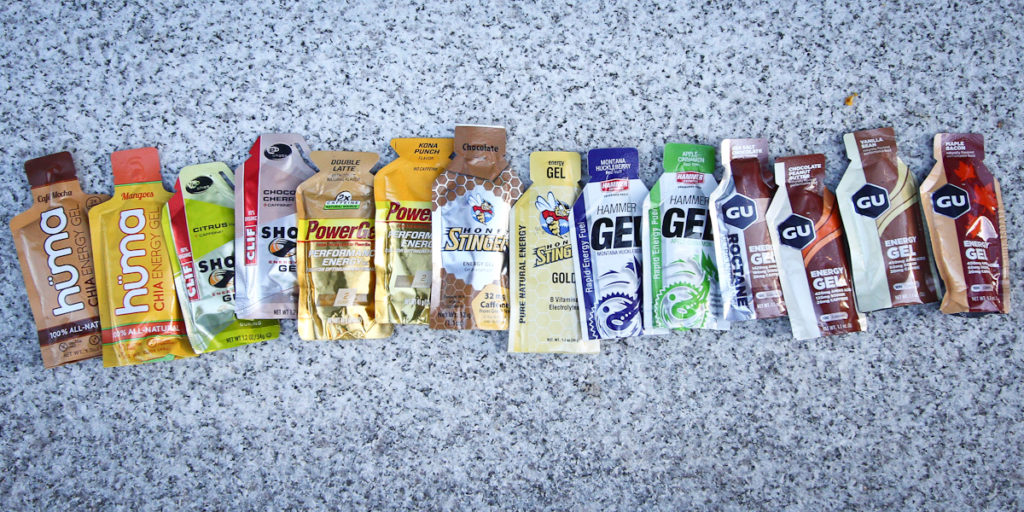If you’re like me, you’ve probably felt a twinge of shame watching the “real food” crowd pull out their reusable flasks filled with homemade, organic, no-sugar-added-to-the-added-sugar gel. Meanwhile, I’m over here wiping the sticky remnants of my last store-bought gel onto my already sports-drink-stained shirt, probably also dotted with stray bits of gummies. “Am I filling my body with garbage? Am I single-handedly destroying the planet?” I wonder, before an even louder thought interrupts: “Isn’t ALL food technically real?” Before you spiral into the self-doubt vortex, here’s what I learned from diving into the (real) world of endurance fuelling. While this is definitely more of an issue for those competing in ultra-distance events, it can also be a dilemma for marathoners, hikers and for many runners on long training days.

What counts as real food?
At first, I assumed “real food” was just another way to make people feel bad about their choices—like “clean eating,” which suggests that if you’re not eating chia seed pudding, your food must be filthy. But in the endurance world, “real food” has a pretty simple definition: it’s whole or minimally processed stuff that gives you carbs, fats and protein without the long list of lab-made extras. We’re talking bananas, dates, nut butter, rice cakes and even boiled potatoes. Unlike gels, which are engineered for rapid absorption, real food takes a little longer to break down. Still, it comes with added bonuses—fibre, antioxidants and other nutrients that might actually help you in the long run.

Is real food actually better than gels?
This is where things get interesting. Gels are designed for convenience—they hit your bloodstream fast and deliver a quick burst of energy. That’s great, until it’s not. A lot of runners find that too many gels lead to stomach issues, sugar crashes or that awful feeling where your mouth rejects yet another gooey, syrupy packet. Real food, on the other hand, is digested more slowly, which can mean steadier energy levels and fewer mid-run gut meltdowns. Research suggests that while gels work for short, high-intensity efforts, real food can be just as effective (if not better) for longer distances.

How to make real food work for you
If you’re used to gels, switching to real food takes some trial and error. Some foods—like a handful of almonds—might sound great in theory, but are impossible to chew while running, and the high fat content makes them challenging to digest. Others, like dates or mashed sweet potatoes in a squeeze pouch, can be surprisingly easy to stomach. The key is to test things out during training, not on race day. And if carrying a PB&J in your pocket sounds like too much hassle, don’t stress—there’s no rule that says you have to go all in on real food. Plenty of runners find a happy middle ground, mixing whole foods with the occasional gel when they need a quick hit.
Still not interested in jumping onto the “real food” bandwagon? At the end of the day, the best fuel is the one that keeps you running strong—whether that’s a banana, a gel, or, let’s be honest, whatever you grabbed at the last aid station because it looked good in the moment. If you make sure to eat a wide variety of less processed food outside of racing and training, you have nothing to worry about.

